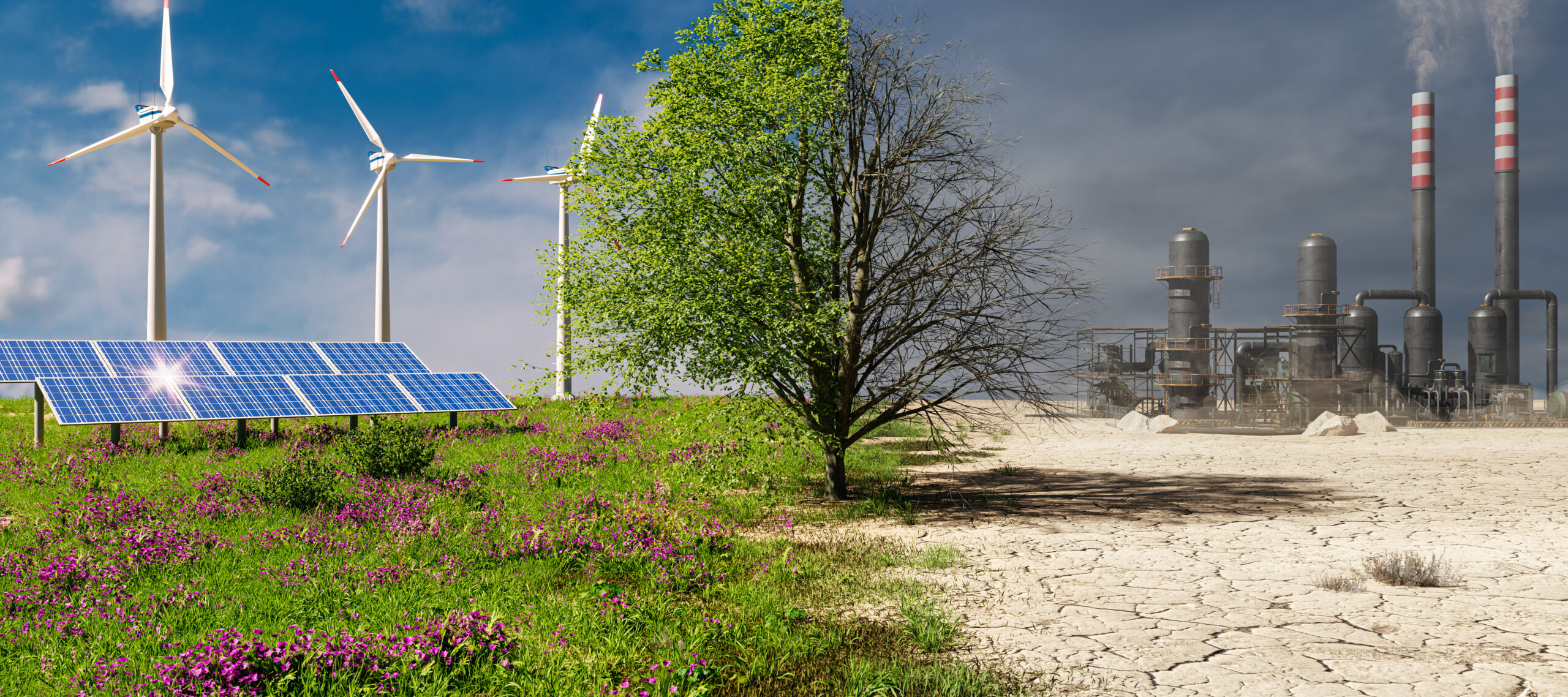This article was originally published by Industry Today.
This year’s Earth Day highlighted society’s collective responsibility to accelerate the transition to alternative energy, calling on us to “act boldly and innovate broadly.” The single most effective approach to climate change is cutting carbon emissions. Cleaner computing through advanced data processing, storage, and visualization technologies will create efficiencies that support sustainability. Software engineers can drive these innovations by considering how their solutions will interact with other systems as well as the environmental impact.
The industrial sector alone accounts for 33% of U.S. energy consumption. Decarbonizing this sector will reduce emissions, energy consumption and pollution. Digitalization — technology’s ability to capture and assess data to make greener operational decisions – is key to sparking significant progress in resource allocation. Let’s look at some of the most promising technological solutions available today that will help lower energy use and translate data to actionable information.
Creating Carbon-Neutral Buildings Starts with High-Performing Software
Keeping the lessons of Earth Day in mind, planning for energy efficiency starts with how data is used and stored. Data storage solutions will account for a momentous change in reducing carbon footprint. Moving services to the hyperscale cloud dramatically reduces energy use and minimizes pollution, essentially “right-sizing” resource utilization.
Hyperscale also adds extra resources to large computing networks without the need for additional cooling, electrical power, or physical space. Because hyperscale vendors are making massive investments to ensure high-energy efficiency, they have become much more efficient than on premise data centers.
A Deeper Look at a Built Environment Through its Digital Twin
Digital twins, virtual replicas of physical assets, use real-time data to create simulations for predicting performance. Analyzing a built environment through its digital twin reveals formerly unavailable detail that lies within every physical asset and its geospatial identity. Operators who have a full picture of what is happening on every floor will make better resource optimization decisions. Even if the building’s infrastructure is uniform throughout, uses vary. You could have manufacturing on one floor, labs, open spaces, offices on other levels. Each space has a diverse purpose, with people interacting with the building in different ways.
A digital twin and its physical counterpart develop a synergistic relationship as information affecting each influences outcome. For commercial building owners and managers looking to “innovate broadly” beyond just Earth Day, utilizing this technology provides an unprecedented look at how these spaces’ energy use reacts to changes. Operators can run scenarios, such as what if we reconfigure offices to open space? What if the weather is going to be unseasonably hot? Digital twin simulations offer opportunities to react in real time as situations change.
Digital twins also help report back when patterns vary. For example, energy consumption is changing; what has shifted in the environment? This technology allows us to look back and see if a floorplan has been reconfigured, or if there is an unusual number of people tapping resources.

Machine-to-Machine Communication: Faster, Smarter and Efficient
To create plans and goals, facility managers tasked with meeting sustainability mandates first need to generate data that tells the story of current and historical trends. IoT networks and software compile and generate comprehensive building information that guides planning and provides actionable data for facilities managers.
Software applications which leverage machine learning analyze this voluminous data and execute actions that have a big impact. One large retailer implemented automated dimming, saving 30M kWh and millions of dollars in energy costs. Continuous, real-time data analysis also saves time and money in maintenance. When IoT is combined with edge point hardware and data funneled to a dashboard, operators can more quickly analyze systems and detect equipment breakdowns or waste.
While IoT technology has helped make data more accessible, what matters most is if it generates useful information and offers fine-tuned control. Centralizing data allows operators to visualize, interpret and plan. Machines are simply better at capturing and transmitting comprehensive data. When technology helps people understand vast amounts of data, its most powerful benefit is that it frees professionals to focus on higher priorities.
Creating Smarter, Safer and Greener Built Spaces, Now and For The Future
The industrial sector is among the most intensive users of energy, but these technologies can aid the global Earth Day mission all year long by creating smarter, safer, and greener built environments, ultimately lowering energy consumption. Software built with sustainability in mind, predictive analytics, digital twins and sensor networks compile, analyze and act on the massive amounts of raw data generated by an environment and its mechanical and energy systems.
Robust technological tools help industrial energy managers get the true picture of their carbon footprint. The first step in creating better systems is having the right information that underlies effective decisions. An intelligent framework that “thinks” through the use of telemetry and software built with sustainability in mind can offer new efficiencies. Every energy-reducing decision matters in the efforts for large-scale climate change mitigation.
